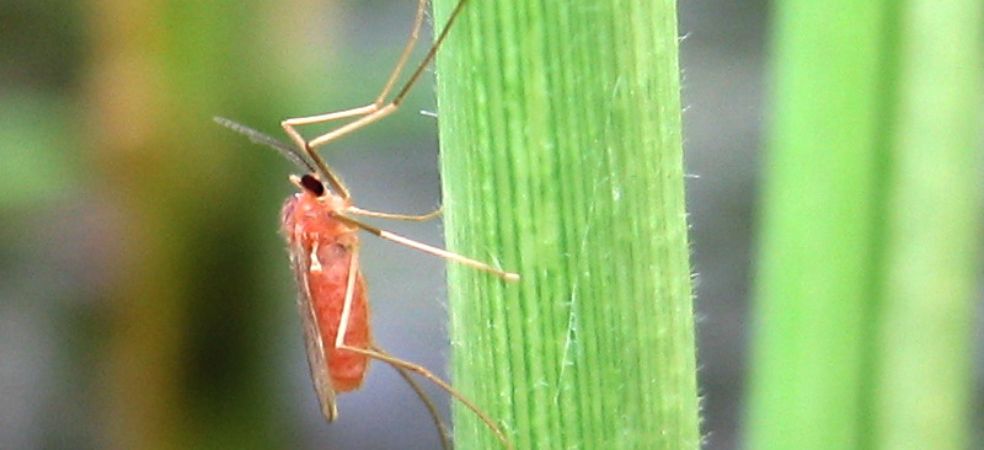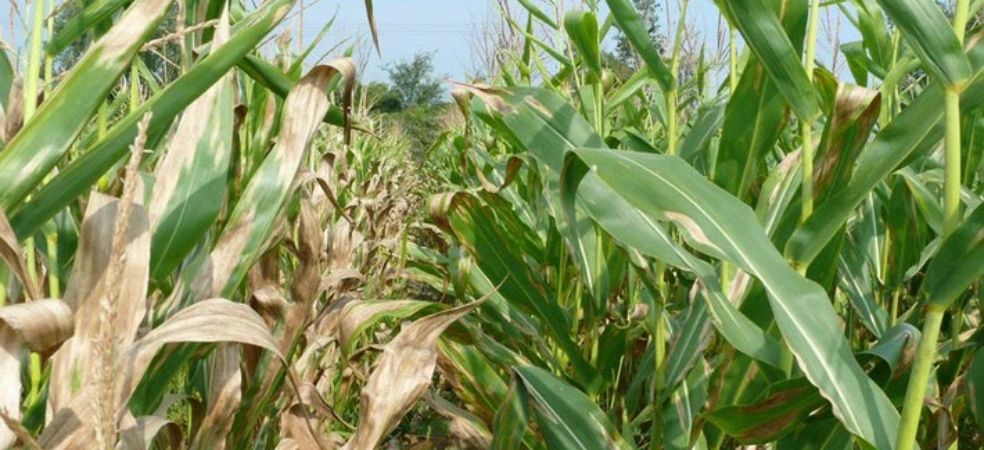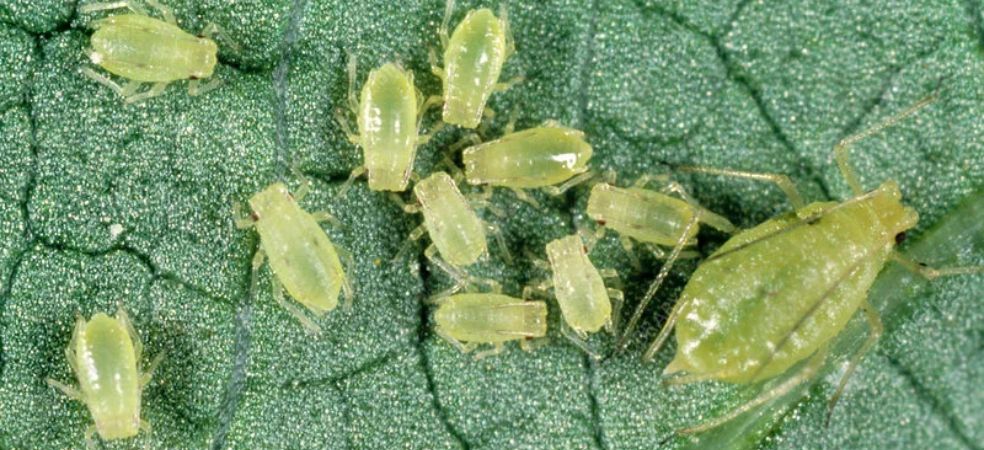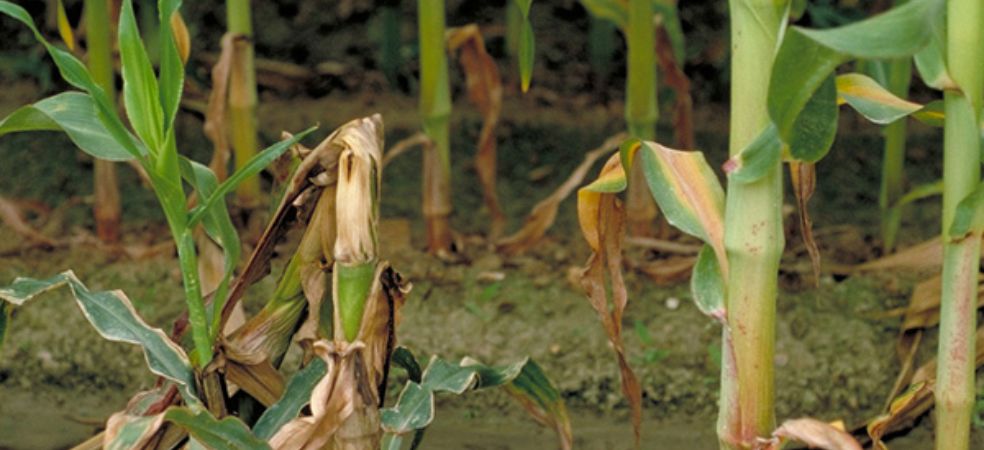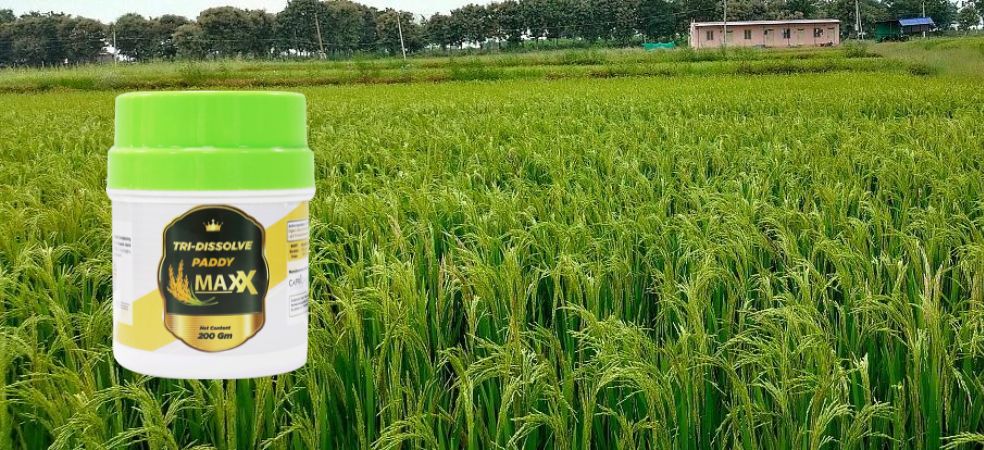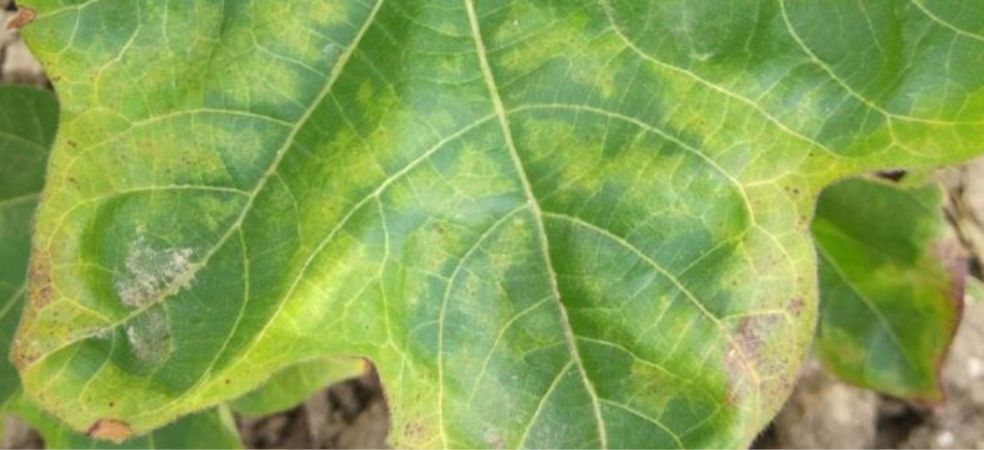Natural farming is an ancient farming method based on indigenous cows. In which indigenous cow urine and cow dung is used in crop production as an alternative to chemical fertilizers and other products of chemicals, it maintains the natural nature of the land. Chemical pesticides are not used in natural farming. In this type of farming, the elements which are found in nature are used as pesticides in agriculture.
Nutrients are given to the plants in the form of manure through cow dung, cow urine, bacterial manure, crop residue. In natural farming, the crop is protected from harmful microorganisms and pests by the bacteria, friendly insects and organic insecticides available in nature.
(Four principles of natural farming)
-
No ploughing the fields. That is, neither ploughing in them, nor turning the soil is to be done. The earth does its own plowing naturally through the penetration of plant roots and earthworms and small animals, and micro-organisms.
-
No chemical fertilizers should be used. In this method only green manure and cow dung manure are used.
-
Weeding should not be done. Neither by plow nor by the use of herbicides. Weeds play a major role in making the soil fertile and in balancing bio-fraternity . The basic principle is that weeds should be controlled rather than eliminated completely.
-
Do not depend on chemicals at all. The problems of disease and pest imbalance began to arise in the fields from the time the weak plants started growing due to wrong practices like tillage and use of fertilizers. By not tampering, the balance of nature remains absolutely right.
ShareFor more such important information related to the agriculture sector, keep reading the articles of Gramophone daily. If you liked today’s information, then do not forget to share.



